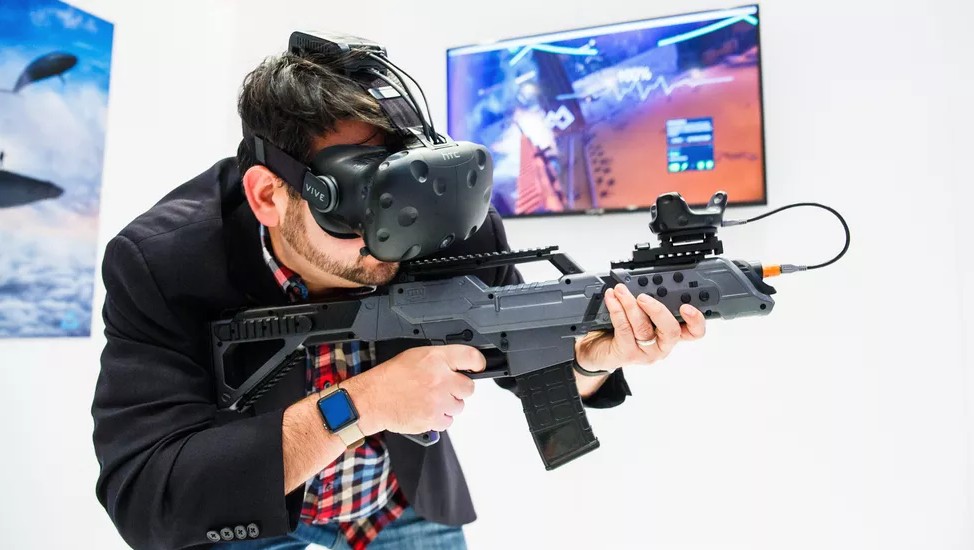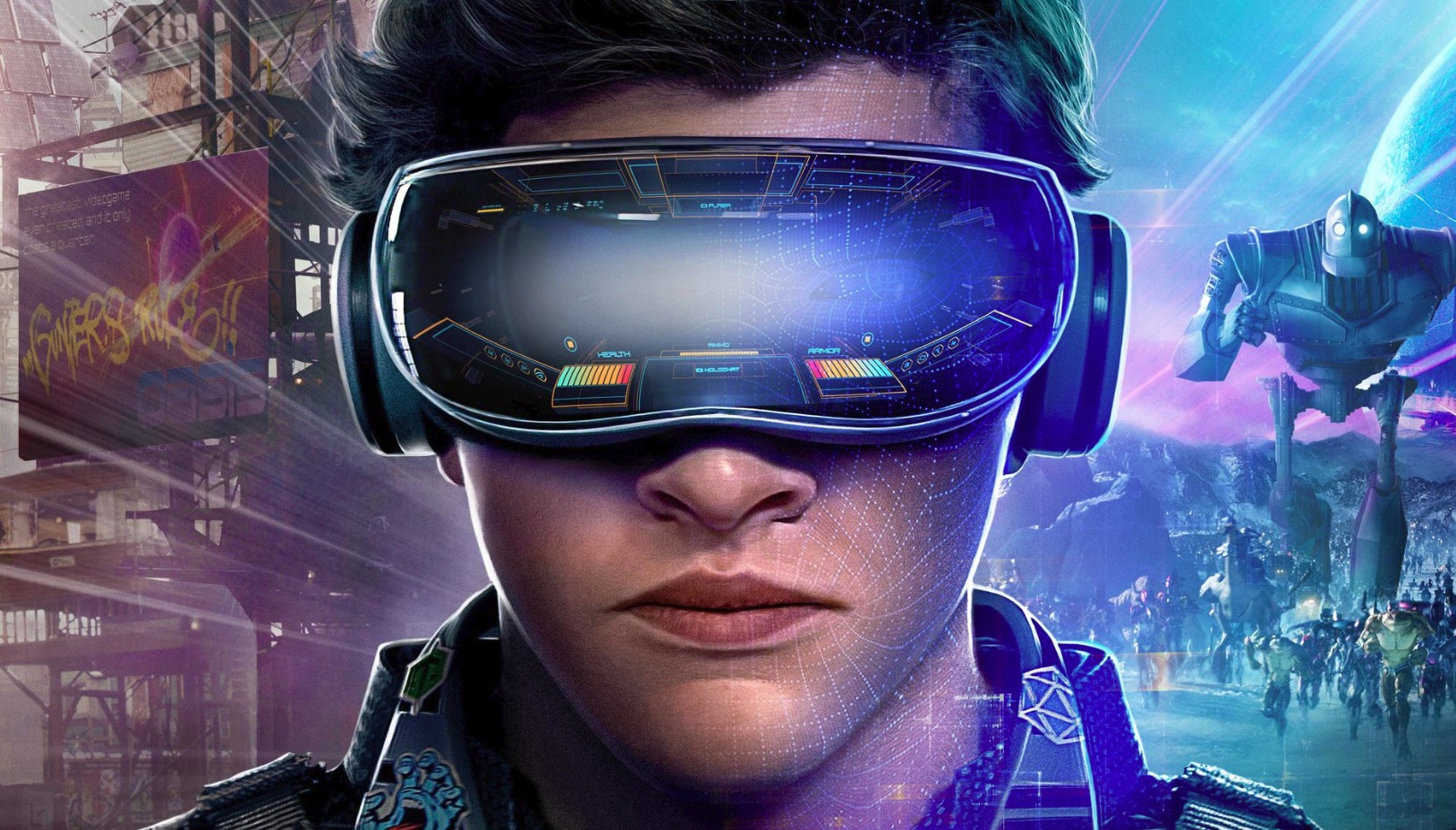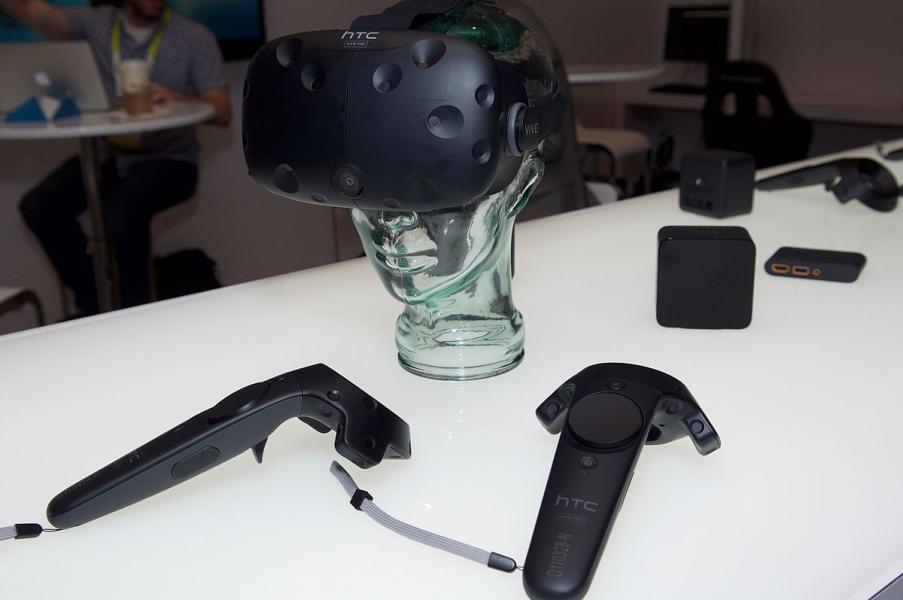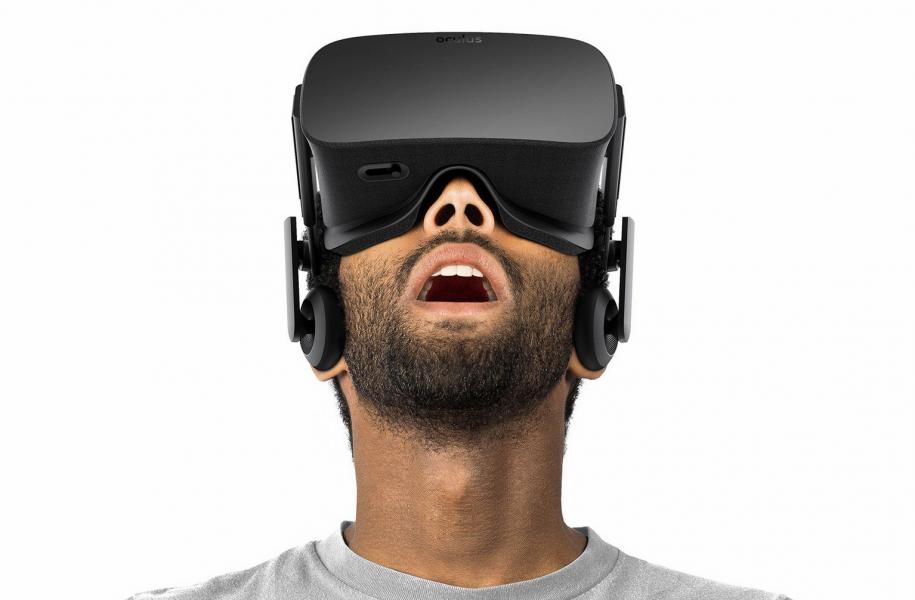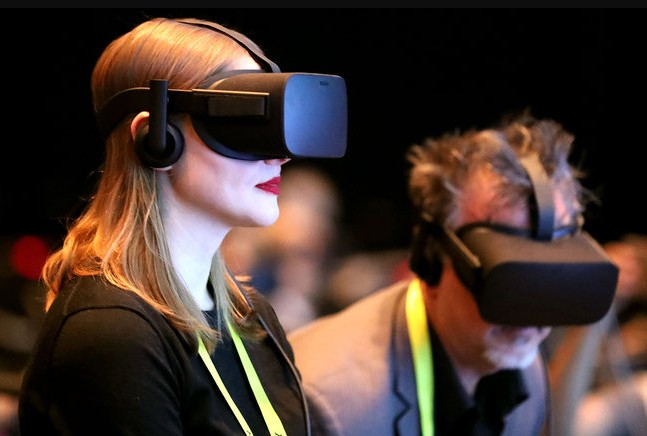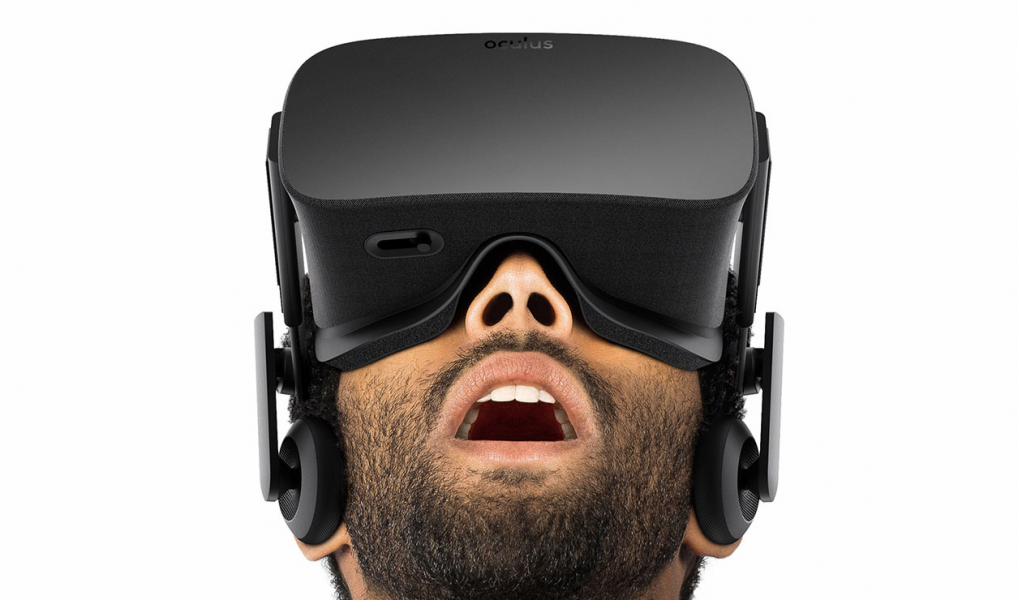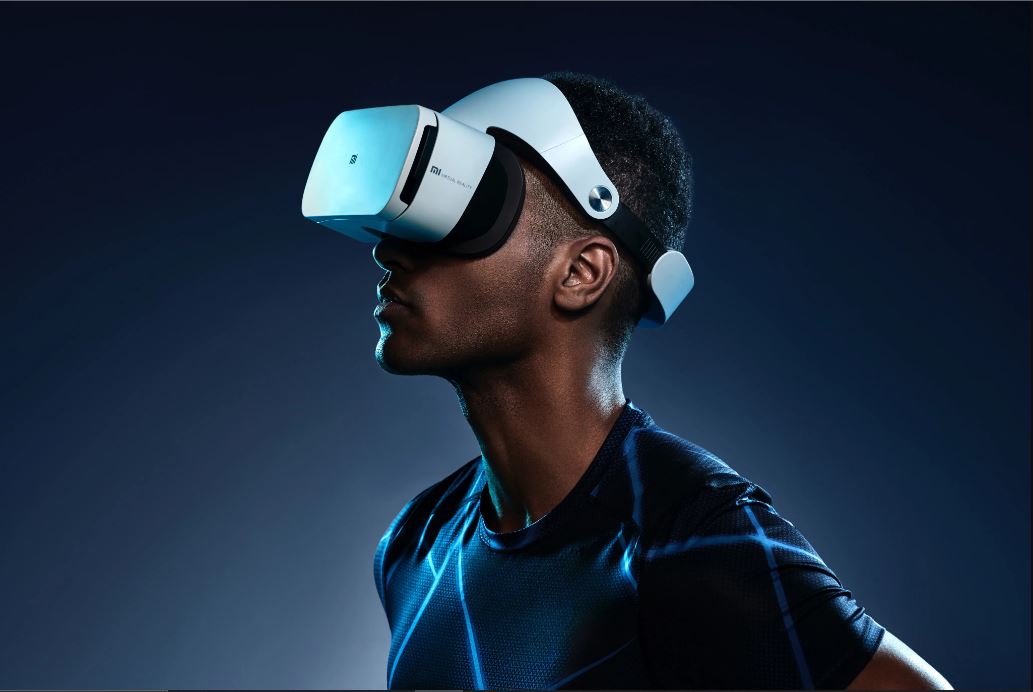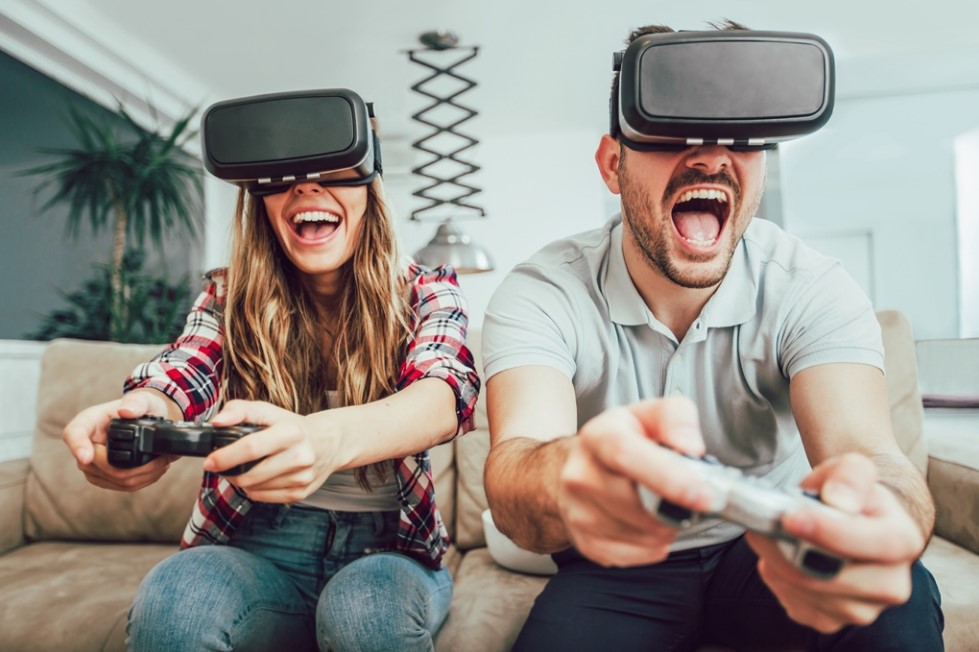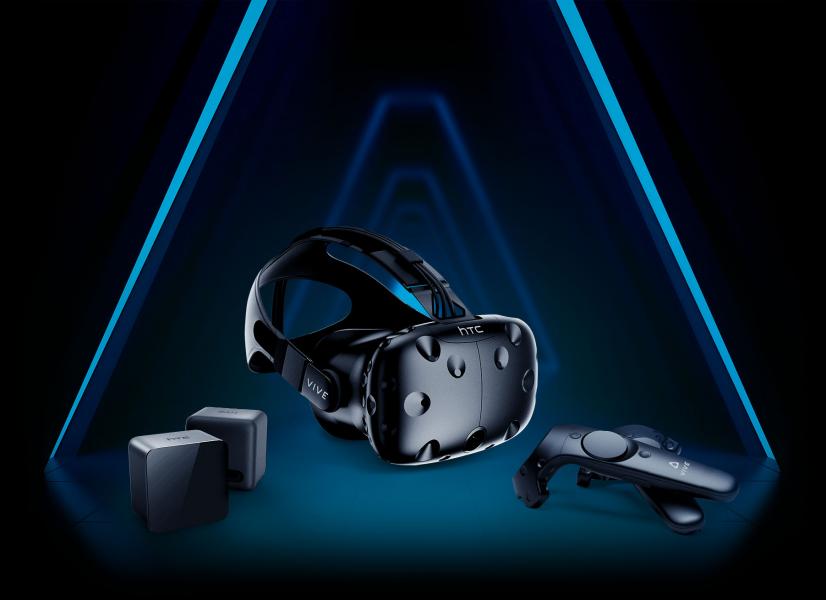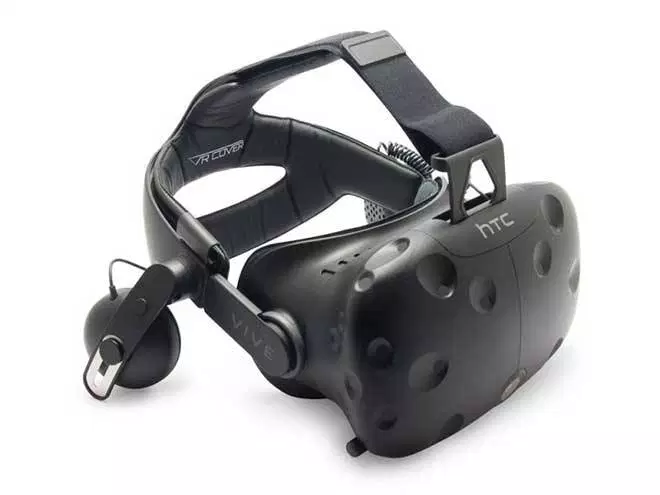
Augmented Reality vs Virtual Reality
In the last few years Virtual and Augmented Reality have been the subjects of countless stories in the media, featured prominently in the plots of television shows and movies, and a magnet for investors looking to make a fortune on the next big thing. Thanks to the meteoric rise of the smartphone, existing components adapted for these technologies have fallen in price while R&D into new components has accelerated. The coming wave of consumer products, for VR and AR, require a primer explaining the differences and similarities for gamers and enthusiasts alike.
Virtual Reality
The term “virtual reality” was coined in the mid-1980s by Jaron Lanier, the founder of VPL Research. He wasn’t the first to contemplate or work on this concept, but his company was the first to sell a complete system of gloves and goggles.
VR can be thought of as any system that simulates a realistic experience by immersing a user in a completely computer-generated world. The most common attribute of a VR system is a headset with built-in displays that block out the outside world. Other parts of this kind of system could include gloves, controllers, headphones, or anything that makes that visual world seem more realistic by creating sensory data that correlates with what you see. For instance, it is one thing to look at a car in VR. It’s a more powerful experience if you can stick your hand out of the window, feel the wind push against it, and hear the roar of the engine just as the car accelerates.
With this definition VR doesn’t have to be confined to head-mounted displays. Cave Automatic Virtual Environments, or CAVE (a recursive acronym), uses high definition 3D projectors to display imagery on the walls surrounding the user. CAVE systems also utilize simple 3D glasses and motion tracking to make the virtual world more immersive without the bulky equipment that other VR systems require you to wear. These systems are used by engineers to collaboratively solve problems, scientists to visualize data, and manufacturers to easily prototype upcoming products.
Future VR technologies will most likely follow two tracks. Home systems will get lighter, become wireless, and instead of using flat displays the imagery will be projected right into the user’s eyes for extreme realism. Large scale systems will be will be able to turn a warehouse space into any scene imaginable by combining head-mounted displays, projection systems, and physical objects. The Void, a VR entertainment experience, is a peek into what that future will look like.
No matter what equipment is used to achieve VR, there is a common thread of experience. VR envelops the user with virtual scenes and blocks out the real world.
Augmented Reality
Augmented Reality is another rapidly growing field. Instead of fully surrounding the user with virtual scenery that blocks out the real world, AR overlays computer-generated imagery on the user’s field of vision creating a blend of real world scenery and virtual objects. The very first Augmented Reality system was developed by Louis Rosenberg in 1992 at a research facility for the US Air Force. That system, called Virtual Fixtures, allowed a person to wear a headset and control an upper-body exoskeleton. The user could remotely control robot arms to perform physical tasks. The robot arms, in another location, were projected into the field of view to exactly where the user’s actual arms were. When the user moved his or her arms, the robot arms moved identically.
Since that early prototype, AR has come a long way despite the fact that AR is a harder computational problem than VR. Augmented Reality requires far more precision to create realistic effects. For example, phone-based AR systems just became mainstream in the last year. These technologies became possible only because the precise motion of a phone in 3D space can now be calculated thanks to factory-calibrated cameras, specialized machine learning software that recognizes physical surfaces, and high speed processors becoming available in mobile devices. So far, AR experiences on these mobile devices are promising. The BBC recently developed an AR app that allows users to place historic artifacts right in front of them and make it appear as if they are in their living room or wherever the user is. You can walk around an Egyptian sarcophagus, seeing it from all angles, as if it was physically present because you can see that object and the real world around it. AR games are becoming more advanced as well. There are games that allow multiple people to point their phones at an empty table and a virtual battlefield appears right on it. Each player sees the action from his or her own vantage point. This creates a whole new class of multiplayer games.
The future for AR is bright. Soon, AR glasses will be mainstream devices that will likely replace smartphones. Imagine a new generation of maps that has virtual arrows floating in front of the user’s eyes letting them know where to turn to get to their destination. Phone calls could be replaced by avatars of callers appearing to be standing right in front of each other despite being apart physically. Educational AR apps will allow learners to interact with anything they are studying. Dissect a virtual frog instead of a real one, practice painting in AR without making a mess, or even talk to a deceased famous person to learn their history. Games are going to be a huge part of AR as well. Pokémon Go proved that an AR game that is well done can captivate millions of players.
Which is better?
AR and VR have their own unique uses, so neither is better than the other or more likely to succeed. AR is a good fit to replace a smartphone because it can overlay all of that data onto a person’s field of vision allowing them to go about their day while taking advantage of smartphone-like features. VR is likely going to grow to be popular for gamers and others who value being fully immersed in a virtual world that they otherwise could never actually explore. As a result, both technologies are bound to grow exponentially in the near future.



